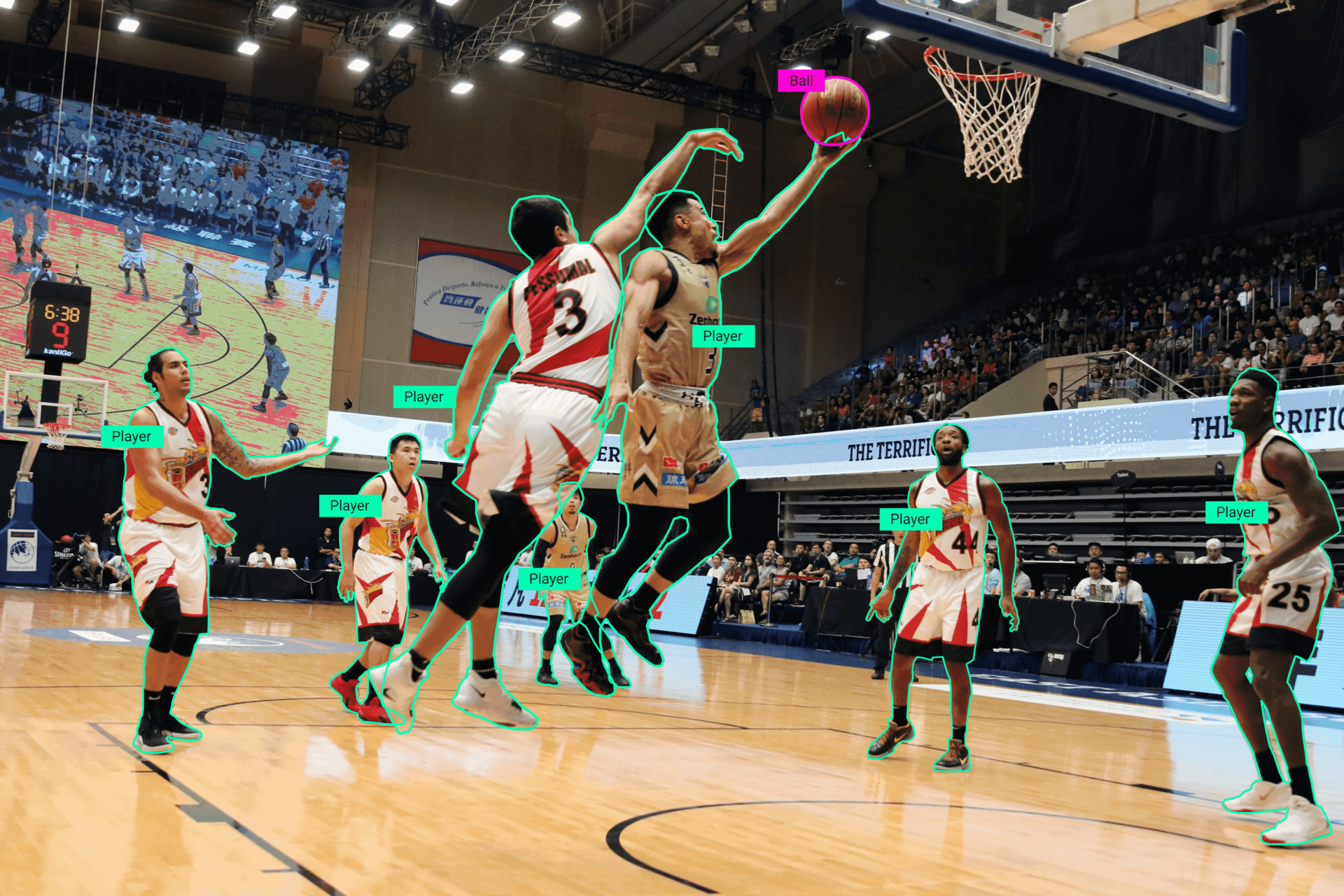AI, ML, Big Data and Data Annotation Explained
The amount of data created by people all over the world is growing every year. In fact, at the start of 2020, the amount of data in the world was estimated to be 44 zettabytes, but by 2025 this number will reach 463 exabytes. All of this data is being collected by companies to learn more about their users, improve their experience, and tailor advertisements and product recommendations. In fact, if we look at the GAFAM companies, Google, Facebook, Microsoft, and Amazon store at least 1,200 petabytes of information. In addition to the above uses of data, companies use it to train AI and machine learning systems, but they need large amounts of data as well as data annotation to do so.
In this article, we discuss AI, machine learning, Big Data, and data annotation and tell you about what these concepts have in common and how they are different. Let’s start by looking at AI.

What is AI?
Artificial intelligence is a field of computer science that deals with creating machines that can replicate the human thought process. The goal here is to create machines that can perform tasks that were originally reserved for humans. Generally speaking, the field of AI is so expansive and has so many subfields that researchers cannot come to a consensus on a standard definition of AI. What separates AI from standard programming is that with the latter the algorithm is in control of what the machines can do. There is no way for a machine to deviate from the specified rules or go beyond them. For example, let’s say that a programmed robot was created to transfer heavy objects from one side of the warehouse to another. It may be able to perform this task just fine, but if you ask it to count all of the inventory and create a report it will not be able to do so.
An AI-powered robot on the other hand is not programmed for a specific task. It learns from all of the data collected and acts accordingly in various situations. This is completely different from the rule-based algorithms because AI allows the machines to understand the environment they are in and make a decision based on their observations.
What is Machine Learning?
AI and machine learning are often used interchangeably, they mean different things. Even though machine learning is a part of AI, it is more concerned about allowing computers to learn new information and become better with training. Machine learning is an important part of AI that allows machines to perform a specific action without being programmed to do so. There are many different applications of machine learning. In the automotive industry, it is used to create autonomous vehicles, in the medical field ML systems are used to scan medical images and provide a diagnosis. These are only some of the many different applications of ML.
Machine learning can be categorized into three groups: supervised, unsupervised, and reinforced learning. With supervised learning, humans need to prepare the high-quality training data with various data annotation methods to help train the model. This is something we will go into greater detail about in the next section. Unsupervised is when the machines learn on their own without any human involvement. An interesting example of unsupervised learning is SEER (SElf-supERvised) created by Facebook AI. It can learn from any random set of images found on the Internet and does not need any preprocessing or labeling.
Finally, reinforced learning a trial and error method used to train ML models. The machine will be given a specific task that is not directly related to the data with an ever-changing environment and the machine needs to figure out how to get this task done through a trial and error method.

What is Data Annotation?
Data annotation is used in machine learning projects to prepare raw datasets with various techniques and processes to tell the machines what they should be learning. There are many different types of data annotation:
- Tagging – This is simply labeling people or items in a given image or video. It is widely used in the retail, e-commerce, marketing, and advertising industries.
- 2D/3D Bounding Boxes – This method involves drawing either a 2D or a 3D bounding box around an object in an image. 3D boxes will give you more information about the object such as length, width, and height.
- Polygons – A lot of items are irregularly shaped and do not fit neatly into a bounding box. This is why you may want to contour around the object for more precise annotation.
- Semantic Segmentation – This is the most detailed form of annotation. It involves labeling each pixel of an image with a corresponding class. It enhances algorithmic efficiency • Removes background, therefore increases accuracy.
- 3D Point Cloud – Robots that need to orient themselves in their environment rely on LiDAR technology to see the world around them. LiDAR produces a 3D Point Cloud which is a digital representation of the way the machine sees the world.
- Landmark annotation – This involves placing key points around a specified area. It was designed to help capture human figures and poses in 2D images and videos
This is not a comprehensive list and there are additional data annotation methods for text annotation. Data annotation is a very time-consuming task, which is why a lot of companies outsource such work to a service provider like Mindy Support, which is one of the pioneers on the data annotation market providing comprehensive data annotation services.
What is Big Data?
Big Data is large datasets that are too large to be analyzed via traditional methods like the capabilities of Microsoft Excel. As we mentioned earlier, data is coming in at large volumes but it also differs in variety, variability, and veracity. This means that the data is coming in from all kinds of sources, formats, and data flows. Data scientists create all kinds of products and solutions to solve this problem. There are data visualization tools like Tableau and PowerBI, there are also tools powered by cloud services providers like AWS Redshift and Kinesis. All of these and many other tools are used by data scientists to capture, store and analyze the incoming data. All of this data can be used for business intelligence purposes, but also as raw datasets to train ML models.
Trust Mindy Support With All of Your Data Annotation Needs
Mindy Support is one of the largest BPO companies in Eastern Europe with more than 2,000 employees in six locations all over Ukraine. Our size and location allow us to source and recruit the needed number of candidates within a short time frame and we will be able to scale your team quickly without sacrificing the quality of the work provided. Our rigorous QA process makes sure that all of the work gets done on time and with the highest quality. Contact us today to learn more about how we can help you.





